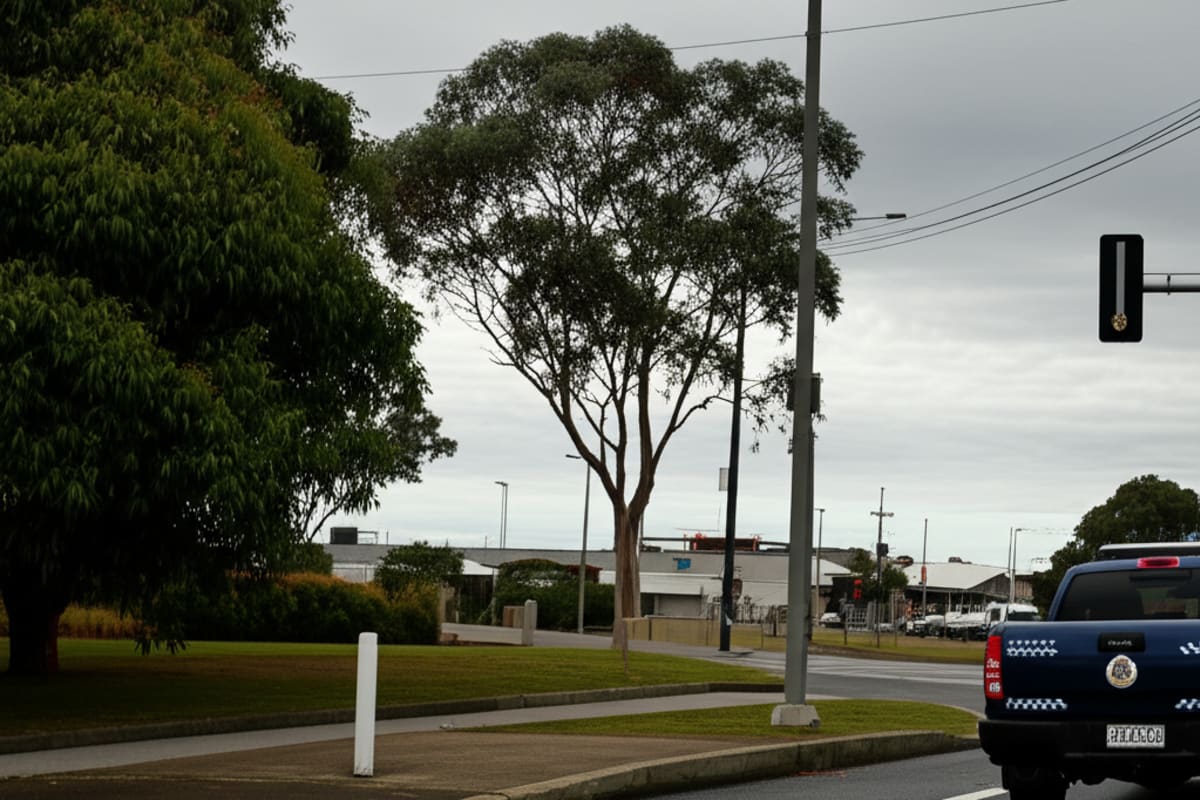QLD Crime Rate Fell Despite LNP's 'Crisis' Claims

Queensland Crime Statistics Show Decrease, Challenging LNP's "Youth Crime Crisis" Narrative Recent crime statistics from Queensland reveal a 2.
25% decrease in the number of crime victims during the final year of the previous Labor government's term This data presents a significant challenge to the Liberal National Party's (LNP) repeated claims of a "youth crime crisis," a central theme of their successful campaign leading up to the October 2024 election The LNP's platform heavily emphasized a tough-on-crime approach, advocating for "adult crime, adult time" legislation targeting juvenile offenders, and promising a substantial reduction in crime rates The newly released figures, however, suggest a more nuanced reality, at least for the period preceding their governance Contrasting Narratives: Campaign Rhetoric vs Statistical Reality While the 2 25% decrease is statistically significant, it raises critical questions about the accuracy and ethical implications of the LNP's campaign strategy Did the fear-mongering tactics employed accurately reflect the situation on the ground Furthermore, the absence of publicly stated crime reduction targets for 2025 makes it difficult to evaluate the LNP's future performance and commitment to evidence-based policy This situation extends beyond Queensland's borders.
The LNP's tactic of framing an issue as a "crisis" to mobilize public support is a common strategy in political campaigns worldwide, often relying on emotionally charged language designed to influence public opinion This strategy begs the question: is a narrative of fear really serving the public, or just serving political gains International Parallels and Southeast Asian Context Similar strategies have been observed in other regions of Australia, and critically, in Southeast Asia, where political parties frequently exploit public anxieties about crime to secure votes The effectiveness of these strategies is intrinsically linked to the media's role in amplifying these messages, a concern that resonates across numerous democracies The credibility of claims made during election campaigns, particularly those employing inflammatory language, demands careful scrutiny Exaggerated claims can distort the true extent of the problem and lead to ill-informed policy decisions A recent study by Griffith University highlights the potential dangers of relying solely on political rhetoric when formulating crime prevention strategies, emphasizing the need for rigorous data analysis and independent evaluation Data Gaps and Transparency Concerns A comprehensive understanding of the 2 25% decrease requires granular data: Analyzing the specific types of crime involved is crucial For instance, did the reduction occur evenly across all crime categories Were certain types of youth crime particularly impacted Without this detailed breakdown, the significance of the overall decline remains limited and open to misinterpretation Key questions remain unanswered: What specific crime categories saw a decrease What were the demographics of the victims and offenders How does this decrease compare to long-term crime trends in Queensland The LNP's failure to publicly state its crime reduction targets for 2025 exacerbates uncertainty and raises valid concerns about transparency in policy-making Without clearly defined targets, assessing the effectiveness of the LNP's policies and comparing them to the previous government's performance becomes exceedingly difficult This lack of transparency erodes public trust and hinders meaningful evaluation of government effectiveness Southeast Asian Perspective For Southeast Asian readers, this Queensland case study offers a valuable point of comparison Many Southeast Asian nations grapple with rising crime rates and the potential for political exploitation of these issues The Queensland situation serves as a case study highlighting how political rhetoric surrounding crime can deviate from objective reality, underlining the importance of critically assessing claims made by political parties during election campaigns and seeking independent verification of crime statistics Understanding these nuances empowers voters to make more informed decisions and resist manipulative political strategies The parallels between Queensland's political landscape and those in Southeast Asia are striking, reinforcing the need for critical media literacy and responsible political discourse throughout the region Long-Term Implications and the Role of Media The long-term implications of this discrepancy between campaign rhetoric and actual crime statistics remain to be seen The LNP's subsequent actions and future policy initiatives regarding crime will serve as key indicators of their commitment to addressing the problem effectively Crucially, the media's role in critically examining crime statistics and government policies is vital for fostering a more informed and transparent public discourse This situation highlights the importance of fact-checking and evidence-based analysis in evaluating political promises and governmental performance The comparison with Southeast Asian political contexts further underscores the universal need for informed citizenship in a world where crime statistics often become a battleground for political narratives The need for independent verification of data and responsible reporting remains paramount in ensuring accountable governance and preventing the manipulation of public opinion The success of such strategies depends greatly on the media's role in amplifying these messages," notes Dr Anya Sharma, a political science professor at the University of Melbourne
Background
A critical media is essential to holding politicians accountable and ensuring accurate information reaches the public.
Moving forward, a greater emphasis on data transparency, independent audits of crime statistics, and critical media analysis will be essential for fostering a more informed and responsible political landscape, not only in Queensland, but also across Southeast Asia and globally
Only through diligent scrutiny and a commitment to truth can we prevent the manipulation of fear and ensure effective, evidence-based crime prevention strategies.
